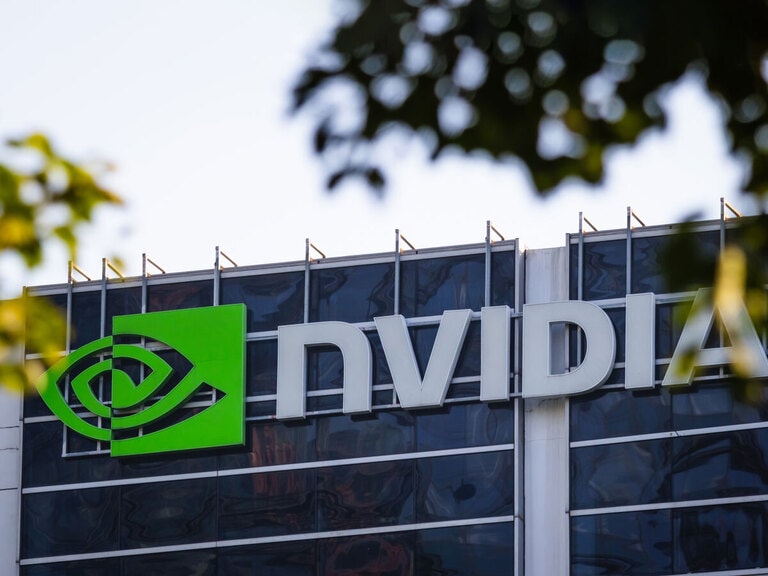It’s been another year of the unexpected, thanks to new COVID-19 variants and technological upheaval. Battery tech, uranium, and semiconductors won in 2021.
Lithium and Battery Technology
The Global X Lithium & Battery Tech ETF [LIT] is up 39.32 % for the year, compared with the 25.83% rise of the S&P 500 (as of 21 December’s close). Individual stocks within the sector that have charged up this year include Chinese EV maker BYD [1211.HK] up 28% and miner Lithium Corporation of America [LAC], which is up an impressive 212% (as of 21 December’s close).
Lithium is essential in the development of lithium battery technology for use in electric vehicles, renewable energy storage and mobile devices. It has been boosted by governments and corporates looking to clean energy as a way of building back from the pandemic and meeting net-zero carbon emissions targets in order to limit global warming. Government moves include President Biden’s commitment in his $1trn infrastructure bill to boost EV charging infrastructure.
A huge challenge in the sector is maintaining enough supply; Simon Moores, CEO of Benchmark Mineral Intelligence, told Emerging Tech Brew that the EV industry is already facing a shortage of battery-grade lithium, and that price volatility will be a “three-year thing”.
Indeed, lithium prices have leapt by 240% in 2021, according to research firm and price provider Benchmark Intelligence.
Rising COVID cases could also hit production, with a heavy reliance on Chinese demand and the geopolitical concerns surrounding that. The ETF also suffered in the spring, dropping to just $55 apiece in mid-March as investors moved away from growth stocks, such as EV maker Tesla [TSLA], given the prospect of higher inflation.
The ETF has since recovered to $85.74, and further gains are expected into 2022 and beyond. According to Bridge Market Research, the expected CAGR for the lithium battery market is 15.8% between 2020 and 2027.
Uranium
The Global X Uranium ETF [URA] is up 66.73% over the year, also outstripping the S&P 500. The theme has been boosted by rising prices and more countries looking to nuclear power as a clean alternative to oil and gas.
The uranium spot price began 2021 at around $30 per pound surging to a nine-year high of $51 in September. It has since returned to around $44.
It was driven by a recovery in demand from businesses and industry as COVID lockdowns ended and mines re-opened, coming up against supply constraints. It was also boosted by investment firm Sprott physically buying uranium for the launch of its Physical Uranium Trust in July.
Uranium needs to be at around $60 to get new mines running profitably. Shaw and Partners expects that level to be reached by 2028, benefitting from increased electrification and decarbonisation.
Governments, long haunted by the Chernobyl and Fukushima disasters, are now looking to nuclear as a clean alternative to fossil fuels, with China looking to build 150 nuclear reactors in the next 15 years. Other countries building reactors include Turkey, Russia and India.
The recent UNCOP26 summit also revealed that nuclear energy will be included in Environmental, Social, and Governance (ESG) investing, further boosting its prospects.
All the above factors are set to see global uranium production growing at 6.2% CAGR by 2025 according to GlobalData. There will be challenges ahead if COVID cases hit production, but 2022 should be another glowing year for uranium.
Semiconductors
Semiconductor ETFs such as the SPDR S&P Semiconductor ETF [XSD] and Dynamic Semiconductors ETF [PSI] both up 42.3% in the 12 months to 21 December’s close, have had a fantastic 2021.
The theme has been helped by growing appetite for semiconductor chips for a range of applications, from electric vehicles to mobile phones and video games. Indeed, this demand, paired with global supply chain squeezes as well as trade and political tensions between the US and major chip maker China, have caused a significant supply shortage.
This has blasted many industries, including consumer technology and carmakers, some of whom have been forced to delay production.
Chipmakers have responded to the shortage by ramping up their prices by between 10% and 30%; despite this, according to The Semiconductor Industry Association (SIA), worldwide sales of semiconductors were $48.8bn in October 2021, an increase of 24.0% from the October 2020 total of $39.4bn.
Companies such as car manufacturers have responded to reports that the shortage may last into 2022 and even 2023 by creating partnerships with chipmakers to secure supply.
There are fears over continued trade disputes, tariff restrictions and any resurgence in COVID cases in China, but the growth in digital technology seems set to keep this theme powering forward.
Continue reading for FREE
- Includes free newsletter updates, unsubscribe anytime. Privacy policy





